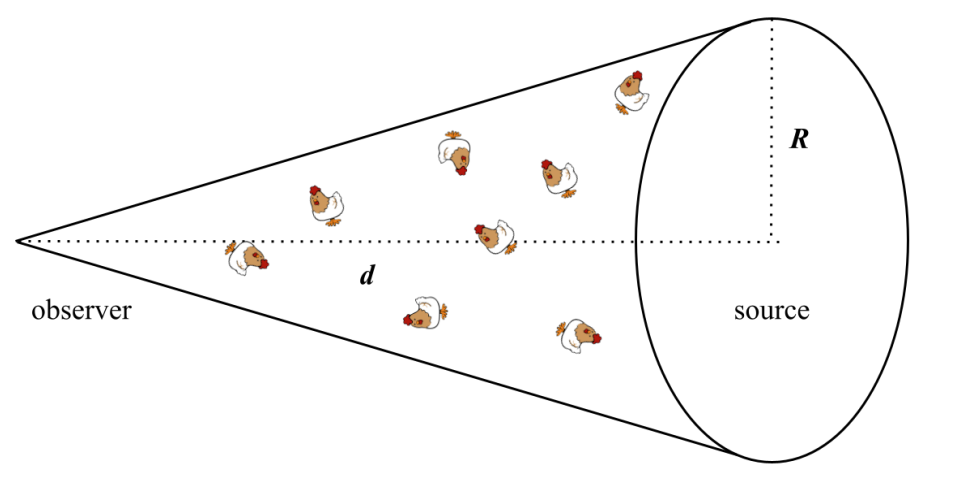Nuggets of Wisdom Explained (Part 3)
Hi folks! This post will cover the science behind Section 2.3 of my very reputable, published paper calculating how many chickens could be in space before we notice them. If you haven't already, feel free to read through the paper along with the first two explainer posts on this blog. I'll probably write one more explainer post to wrap up the Results and Discussion section. On to... Detection of the Chicken Meat Background To explain the joke to those who aren't familiar with cosmology: the cosmic microwave background , commonly referred to as the CMB, is radiation from the Big Bang and beginnings of the Universe. It's everywhere in the sky, and acts as the background to space. It emits in the microwave (yes, like the kitchen appliance), which is part of the electromagnetic spectrum (AKA light). The chicken meat background is something we made up so that it has the same abbreviation, because we're very clever and silly. The Cosmic Microwave Background (CMB), or...




